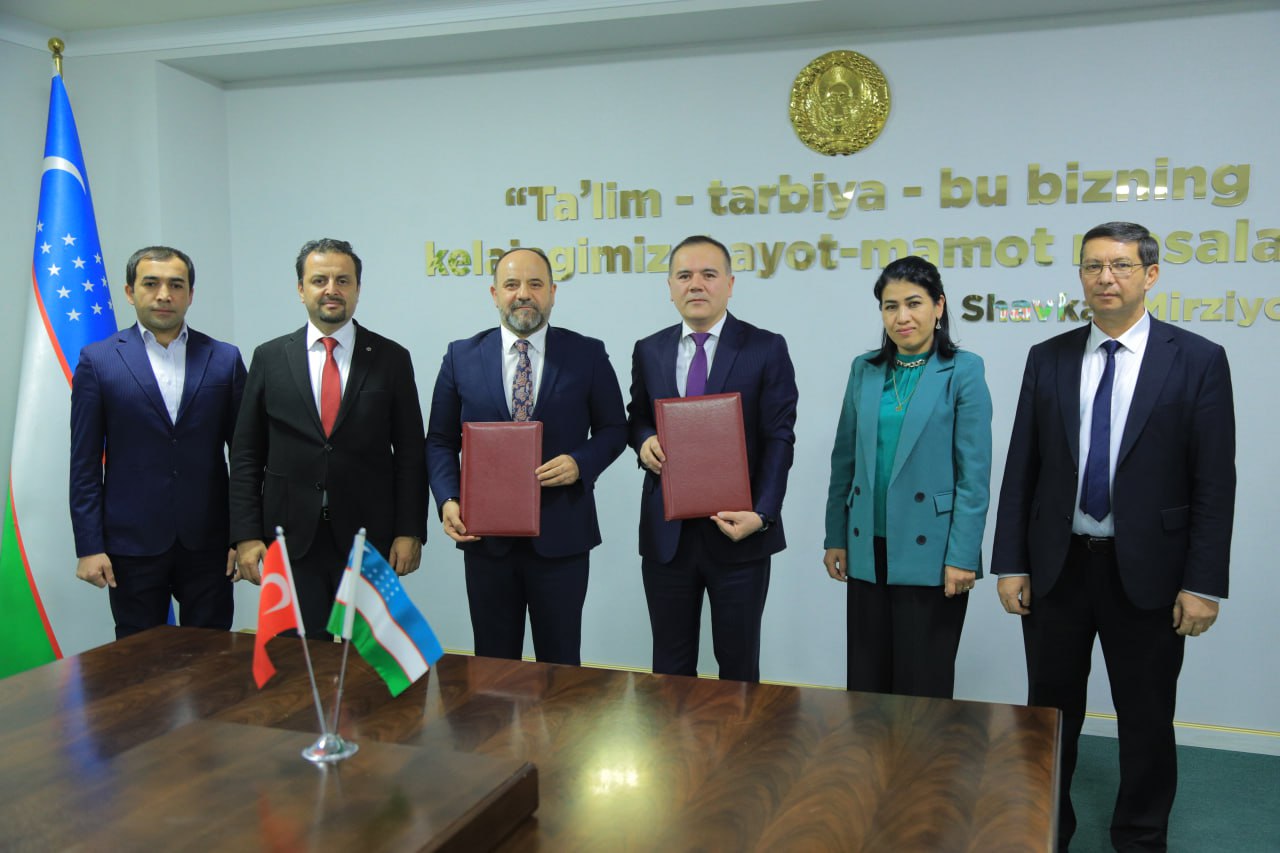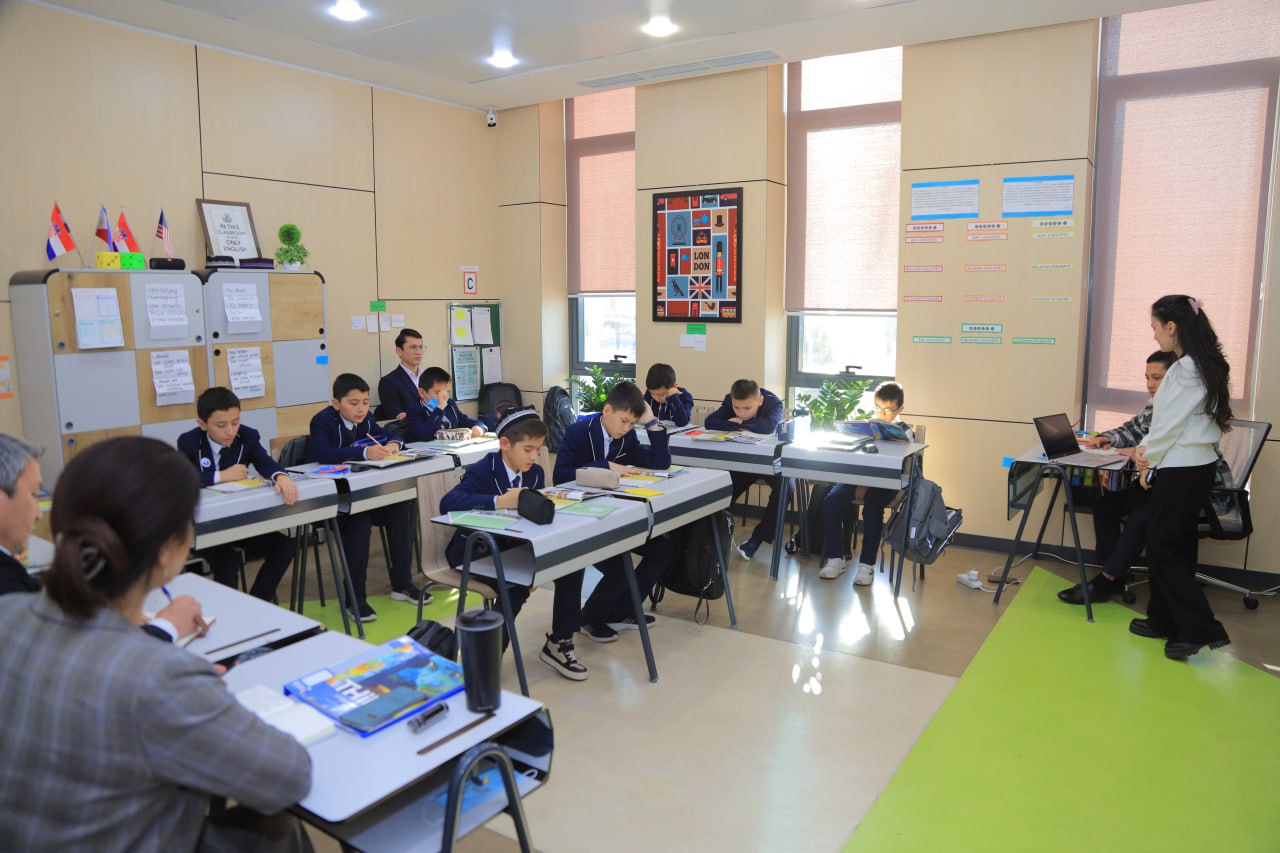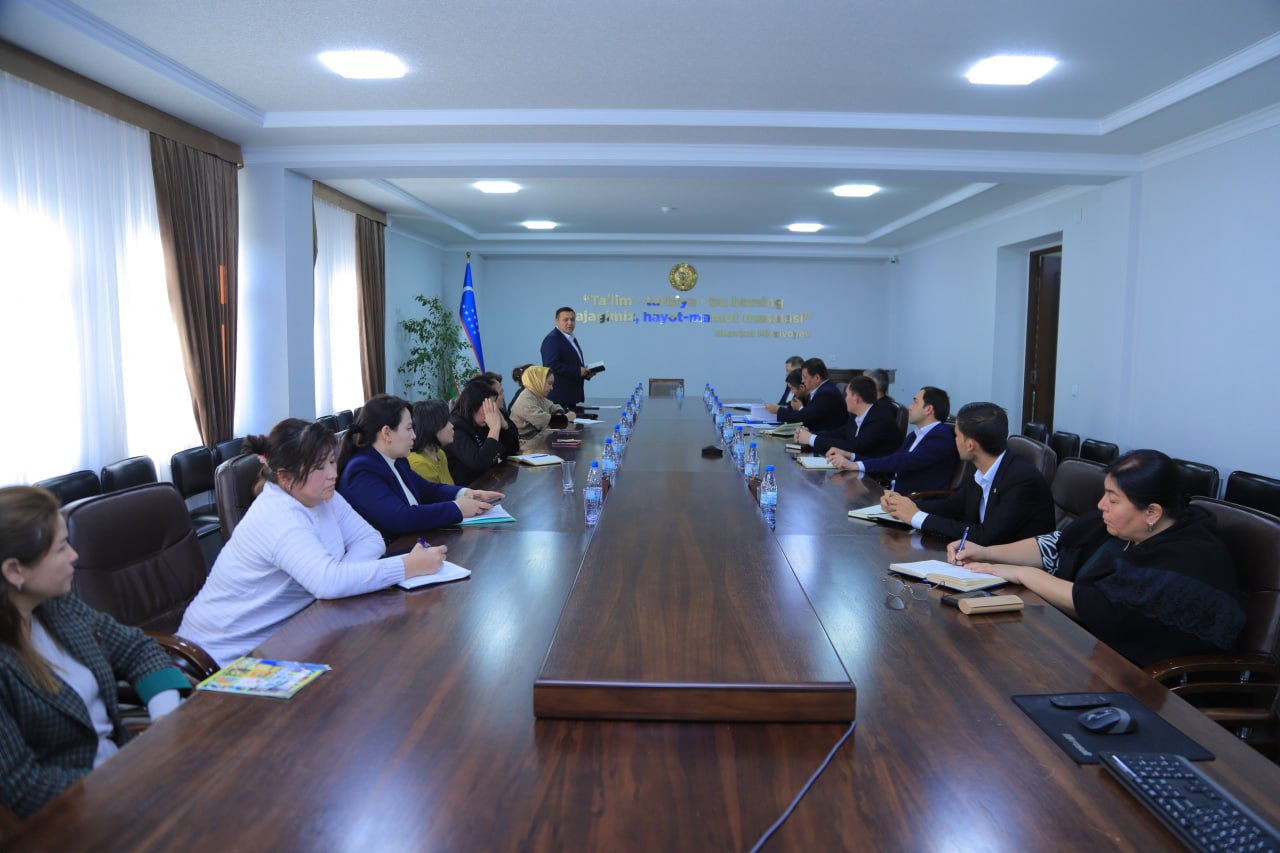Qarshiboyeva Dilfuza Burliyevna Jizzakh State Pedagogical University the teacher of Department of General Psychology
Abstract :
Nowadays we can’t refuse to use modern technologies. That is why I decide to write article about it. Main ideas of this article is role of gadgets in educating, advantages and disadvantages of using it. With the help of this article, you can read the results of a study on how technologies help us in our studies.
Keywords : Modern technologies, educational process, educational technologies, learning foreign languages .
Modern technology changed a lot from what we saw in the last decade or the past century. New machines and gadgets are invented to make jobs easier like never before. From the little tailor machine to the fastest car in the world, all got automated reducing the manual actions required to the least. Modern technology schools made it easier for students to extract the possibilities of the latest tech inventions. Their impact is enormous in crafting perfect generation expertise in the current technology. Modern technology is the advancement of old technology with new additions and modifications. For example, it is impossible for the people in this decade to live with a wired telephone placed on the table. So, the mobile phone which can be taken with us anywhere is the perfect example of technological advancement or simply, modern technology. Any machine or device we see around us is the product of modern technology. It made things way easier than we could ever imagine. Modern technology has impacted every area of our lives and become a crucial factor in no time. We even reached a point where everything we use in our daily life is directly or indirectly related to the technological advancement of some form. The technological progress we have made and the number of tools we have invented is beyond imagination. Here is a list of modern technology inventions that turned our lives easier and enhanced the easiness of performing operations in every industry. These are the examples of modern technology. Today technologies used to improve and facilitate learning can be found everywhere. Leaving other contextual factors to the side – such as unequal access to technological innovations and connected technologies across schools and districts -we can only say that we have embraced technology in education when it is used for both teaching and learning. Teachers can design follow-up activities when using technology to evaluate students’ learning and the role technology played in that process.
Using technology in our classes can help our students become better problem solvers, constant explorers, more autonomous learners, interactive and collaborative. Technology helps to collaborate in global projects, it provides authentic material and is a good way to improve writing and listening skills as well as communicative abilities. They are already using it. They mail each other every day, they send messages via mobile phones, they complete online information every day, they chat and they spend most of their lives online.
Our curriculums and methodologies we use will always improve. New approaches will be popular and adopted, new goals will be added and our digital native students will always be evolving and changing rapidly. Education, competition and skills are changing. „We are no longer teaching if what we teach is more important than who we teach or how we teach” Our students have already surpassed the limits of our education systems. We should keep the traditional content that works and helps our learners in our curriculums but we should also include the future, the future is digital and it enhance learning. Technology is a way of life and a necessity and we should be ready to handle this. It’s a long journey and there are a lot to be done not to lose anything on the way. Pedagogical technologies of additional education of children oriented to the solution of complex psychological and pedagogical tasks: to teach the child to work independently, communicate with children and adults, to forecast and evaluate the results of their work, look for the causes of difficulties and to be able to overcome them. The establishment of additional education of children is a special institution that should be not only a place of education of children, and various forms of space communication. New educational technology can radically restructure the learning process. Under the conditions of an additional education the child develops, participating in the games, cognitive, labor activity, so the purpose of the introduction of innovative technologies is to give children experience the joy of labor in teaching, awaken in their hearts the feeling of self-esteem, to solve the social problem of development of each student’s abilities, including it in an active activities, bringing the presentation on the topic to study the formation of sustainable concepts and skills. Modern technologies in the work of institutions of additional education of children combined with everything valuable that has been accumulated in the domestic and foreign experience, family and folk pedagogy, they allow you to choose the most effective methods and techniques for organizing children’s activities and create favorable conditions for their communication, activity and self-development.
Technology in education has led to more accessibility, lower costs, and personalized learning experiences. From education data platforms to online schools and everything in between, it’s easy to see how technology has affected education, and continues to do so with each innovation. Technology has heavily impacted almost every aspect of our lives, and education is no exception. In the technological era, the classrooms transformed from teacher- centered to student-centered. This came as a result of wanting to focus more on the students. A student-centered classroom means that the learning responsibility is put on the student with the intention of getting them out of the shell and teaching to become independent. Through many technological tools that teachers have at their disposal, they try to make the learning process fun, interactive, and informational for students by engaging them and giving a sense of independence. Technology hasn’t only changed the way teachers deliver their lessons and how students learn; it has also made education in general more accessible to millions of students through online classes and online resources.Technology creates a more engaging learning environment. It improves collaboration and incorporates different learning styles. It also boosts motivation and allows students to self-pace. The key role of the teacher is to help the student understand a particular topic. Technology is the tool that the teacher will use to achieve this goal. Technology alone cannot manage or control the learning process. It is very important that the teacher knows that the way technology is used in education is what makes it useful or harmful to the educational process. So it is important for the teacher to determine what the student needs to learn in addition to identify the technology that will need to be used during the process of education then the teacher to learn how to use technological tools in the classroom.
References :
1.Delhin P.C, Computers instructional Technology in Primary and Secondary Schools, Ibadan, International Publishers. 2012. 267p.
- Davis H, A teach yourself course in Educational Technology instruction, London, Francis Lincoln Ltd, 2010. 289p
- Hale, C. Instructional Technology and its uses in the classroom, New York, Row Publishers, 2011. 123p.





